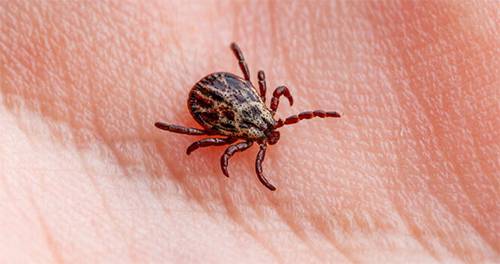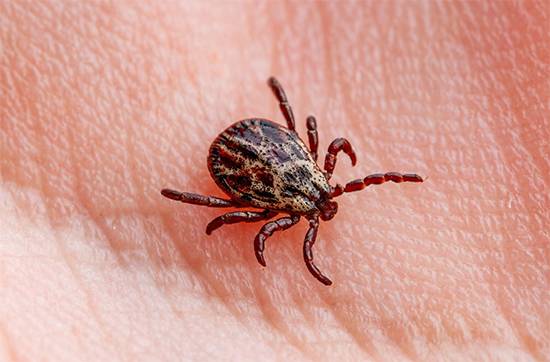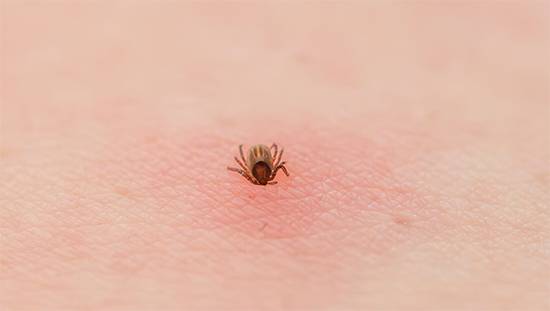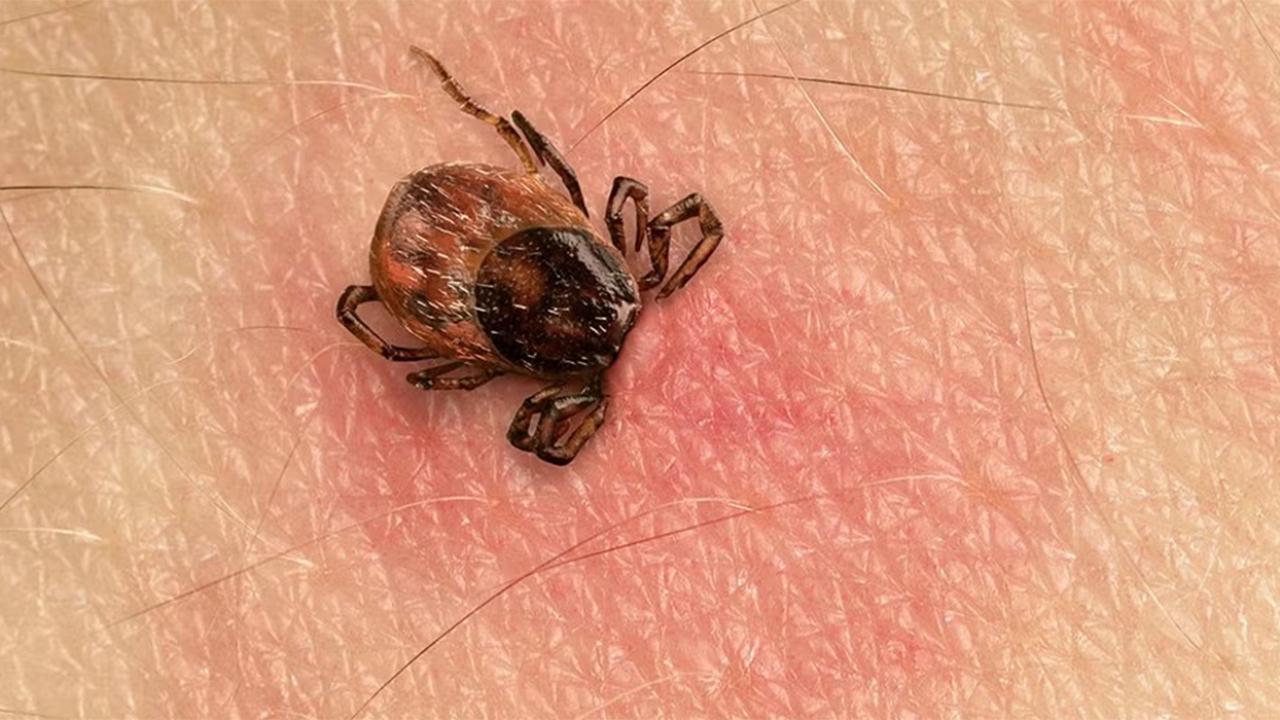Illnesses such as Lyme disease, Rocky Mountain spotted fever, and babesiosis are all associated with tick bites, and early prevention is key to avoiding infection. Knowing how to correctly remove and dispose of ticks is essential not just for your health but also for the safety of your pets and family. This guide explains how to handle ticks safely, what to do if you find one, and how to keep your environment tick-free.
How to safely remove a tick
How to properly dispose of ticks
After removal, disposing of the tick properly ensures it won’t come into contact with people or animals again. Do not crush the tick between your fingers, as this may expose you to pathogens. Instead, place the tick in a sealed plastic bag, airtight container, or wrapped tissue before disposing of it in the trash. Another effective method is flushing the tick down the toilet, which guarantees it will not survive.

If you suspect the tick might have been carrying a disease—or if it was found on a pet—you may want to keep it for testing. In this case, store it in a sealed bag with a small amount of rubbing alcohol and bring it to a healthcare provider or veterinarian for identification. Proper disposal not only eliminates risk but also helps medical professionals track tick populations and potential disease outbreaks in your area.
Checking and protecting your pets
Pets, especially dogs and outdoor cats, are frequent targets for ticks. These parasites often hide in hard-to-see spots such as behind the ears, between toes, under collars, or around the tail. After walks or outdoor play, inspect your pets carefully by running your hands through their fur and feeling for small bumps.

Regular use of tick prevention treatments, including spot-on medications, collars, or oral tablets, can significantly reduce your pet’s risk of infestation. Consult your veterinarian for advice on the most effective and safe product for your animal. Keeping pets tick-free helps protect your home and family as well, since ticks can easily move from pets to humans.
What to do if you’ve been bitten
If you notice a tick bite, monitor the area and your overall health closely in the following days and weeks. Early signs of Lyme disease can include flu-like symptoms, fatigue, muscle aches, and a characteristic bullseye-shaped rash around the bite. Other tick-borne diseases may cause fever, chills, headaches, or swollen lymph nodes.
If you experience any unusual symptoms after a tick bite, seek medical attention immediately. Early treatment with antibiotics is highly effective at preventing long-term complications from infections like Lyme disease. Prompt action can make all the difference in your recovery and overall health.
Preventing tick bites in the future
Prevention is your best defense against ticks. When spending time outdoors, wear long sleeves, long pants, and light-colored clothing so ticks are easier to spot. Use insect repellents containing DEET or permethrin, and avoid walking through tall grass or dense vegetation whenever possible. After outdoor activities, always check yourself, your children, and pets for ticks. Showering soon after returning indoors can also help remove unattached ticks before they bite.

Ticks may be small, but the health risks they pose are significant. By learning how to safely remove, dispose of, and prevent tick bites, you can greatly reduce your chances of contracting dangerous tick-borne illnesses. Regular checks, proper disposal methods, and awareness are your strongest tools in staying safe outdoors—so make tick prevention part of your routine all year round.














Yorumlar
Kalan Karakter: